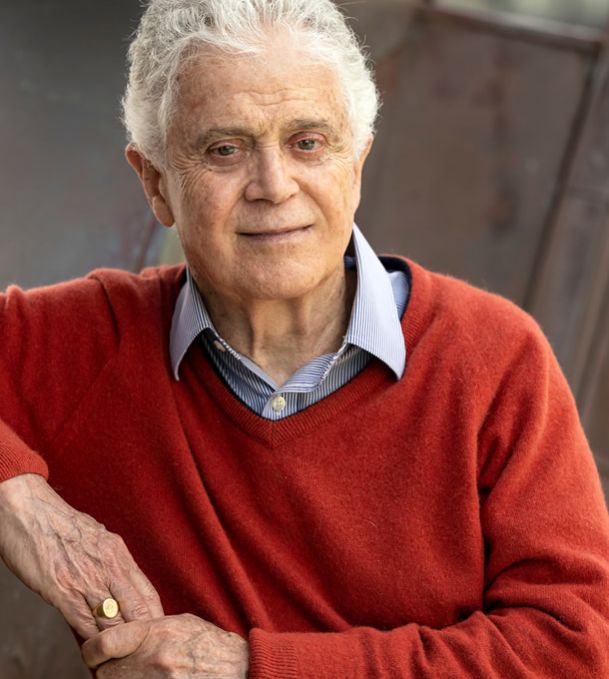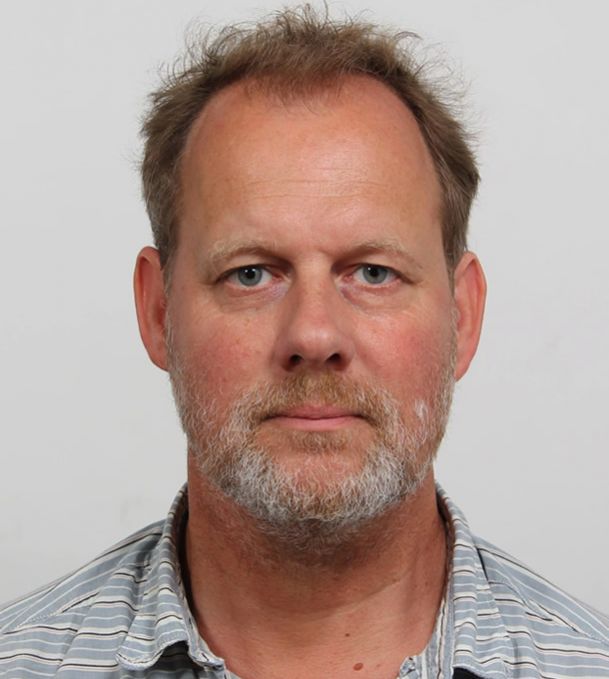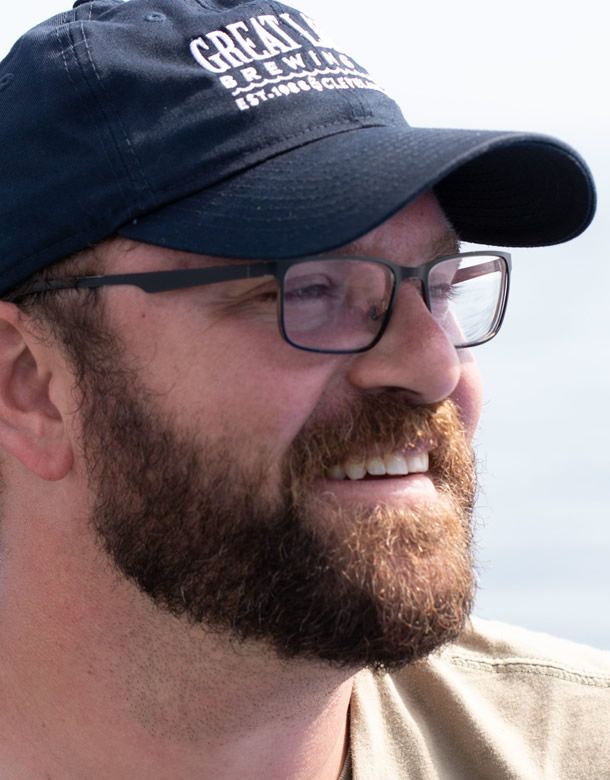Keynotes


Dr. Ian MacLeod
Dr Ian MacLeod has worked for more than 40 years on the decay mechanisms of shipwreck artefacts and how to improve materials conservation outcomes.
He has a Doctor of Science in Conservation of Shipwrecks and Rock Art and is a Fellow of five academies. As soon as ships become wrecks they begin to change their nature and the decay processes build up complex matrixes that can be protective or injurious. Shipwreck sites are dynamic systems and analysis of the corrosion products shows up impacts of changing climates and burial environments. Analysis of corrosion has enabled prediction of future decay mechanisms on oil rigs through the decay of cast iron on Norfolk Island’s wreck of HMS Sirius (1790).
He has applied micrometeorological methods to study the electrochemistry of corroding rock minerals in hot arid climate, the shipwrecks of the deserts. Most recently he worked with a team from the University of Zadar on a 17 th century Venetian shipwreck off Korčula Island in the Adriatic Sea and has taught the local diving conservators how to conduct in situ corrosion assessments of historic shipwrecks.


Dr. Martijn Manders
Martijn Manders is professor in underwater archaeology and maritime cultural heritage management at the University of Leiden. He also works for the Cultural Heritage Agency of the Netherlands as coordinator international maritime heritage.
With working experience in the field that extends more than thirty years, he has shifted his focus from pure scientific research to underwater cultural heritage management and from there into policy and training. Important studies that he is now conducting with colleagues and students is the effect of climate change and human activities on the underwater cultural heritage.
These huge threats to our maritime resources can only be mitigated if we really understand the value of our underwater cultural heritage, the processes that threaten this and through international cooperation.


Dr. Tomás Fernández Montblanc
Tomás Fernández Montblanc is a non-tenured lecturer at the Department of Earth Sciences since 2018. He is oceanographer.
Through a scholarship in the ARQUEOMONITOR project he reach the PhD in Marine Sciences (2011-2016). His research activities cover the coastal hazards and the relationship of the environmental marine condition and underwater cultural heritage from an interdisciplinary perspective, with special dedication to the application of numerical modelling to evaluate the physical impact of waves and current, scouring and wave-shipwreck interaction.
He has six year of experience in post-doctoral researcher activity in EU-projects related to Coastal Hazard studying coastal dynamics RISC-KIT and developing Early Warning System for coastal flood and erosion at pan-European scale ANYWHERE and ECFAS. He has been post-doctoral researcher in the Earth and Physics department of the University of Ferrara (Italy). He has more than 14 year of experience studying coastal process combining data field acquisition and numerical modelling.
Currently, he is the principal investigator of a research project (National funded) VOLICHE to study the impact of Climate Change in the underwater and littoral Cultural heritage. He has participated in 11 research project (three of them EU funded) and he has authored 13 research Papers in indexed journals in JCR.


Dr. Chris Dostal
Chris Dostal is an assistant professor in the Nautical Archaeology Program at Texas A&M University in the United States.
He is the director of the Center for Maritime Archaeology and Conservation, and the director of the Conservation Research Laboratory (CRL) at Texas A&M. His research includes the 3D recording and reconstruction of wooden ships, the conservation of waterlogged wood, and the historical archaeology of North America.
He has collaborated with numerous international partners on the conservation of cultural heritage materials from underwater sites, including three recent projects in Spain: the Mazarron 2 Project in Cartagena, the Ses Fontanelles Shipwreck Project in Palma de Mallorca, and the establishment of a Conservation Laboratory at the Museo do Mar de Galicia in Vigo. At the CRL, he has directed the digitization and conservation of several wooden ships from the US, including the 18th century CE vessel discovered under the World Trade Center in Manhattan, NY, and the ships discovered below the waterfront of Alexandria, VA.
Additionally, the CRL has conserved thousands of artifacts for clients like the US Army and Navy, and the US National Parks Service. He is also the co-director of the Gaspé Bay Maritime Archaeology Project in Québec, Canada.


Dr. Vasiliki Argyropoulos
Vasilike Argyropoulos is a Professor in Conservation at UNIWA, Athens, Greece.
She has conducted post-doctoral research in conservation science since 1993 at the Parks Canada, the Canadian Conservation Institute (1994-1997), and ARC’Antique, Nantes and ARC’Nucléart, Grenoble in France (1997-1998) concerning in-situ conservation of shipwrecks at Fathom Five National Marine Park, the corrosion of marine iron, and the use of corrosion inhibitors for treating iron including waterlogged iron-wood materials. She was an academic co- ordinator and lecturer for the postgraduate Diploma course in Marine Archaeological Conservation, Conservation Studies, Vantaa, Finland.
She has co-ordinated many European and International projects related to conservation of antiquity in the Europe and the Arab region, Egypt, Jordan, Tunisia, and Syria: PROMET, EC 6th FP project No. 509126, Developing new analytical techniques and materials for monitoring and protecting metal artefacts from the Mediterranean region with 21 partners (2004-2008), and the EC Culture Programme No. 160674-CU-1-2009, Witness the past: educational programs for the public and CH professionals on illicit trafficking of antiquities (2010-2012).
Finally, she has over 70 peer reviewed publications, as well as edited books and journals related to conservation of cultural heritage.
